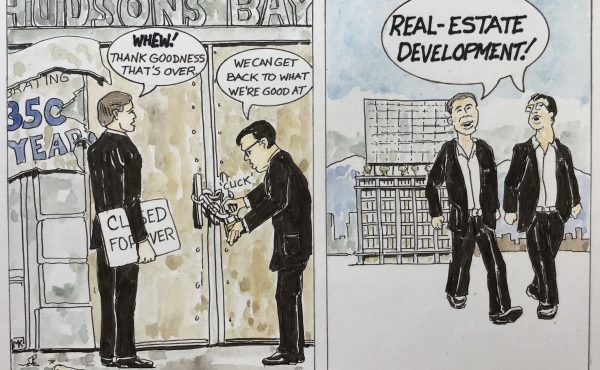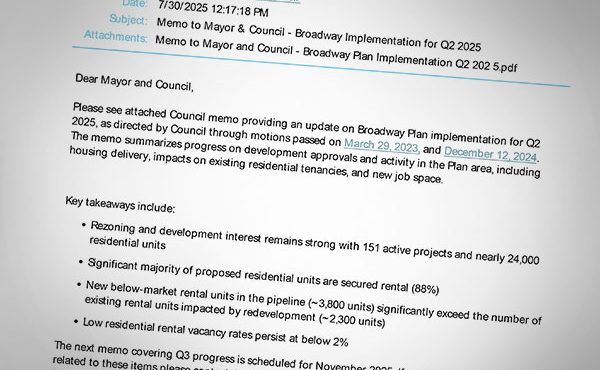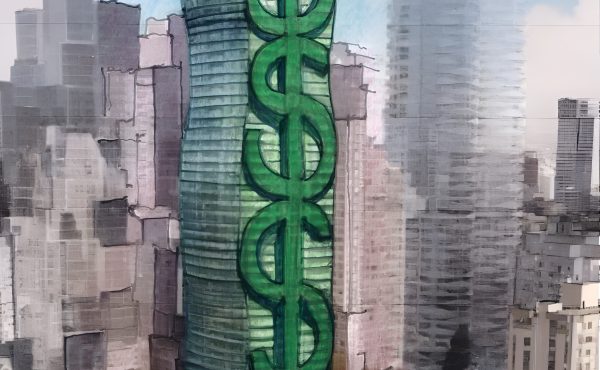
Authors: Danilo Palazzo and Frederick Steiner (Island Press, 2012)
Urban Ecological Design: A Process for Regenerative Places takes a very comprehensive and detailed look at urban design. The book is structured to reflect a 10-step process to urban design developed by the authors called the “not-only-one-solution” process. The ten steps are: processes, prerequisites, knowledge, synthesis, options, dialogues, master plan, presentation, details, and implementation.
The book is both brilliant and disappointing, at the same time. While it is filled with an overwhelming amount of urban design history, methods, best practices and concepts, it does not live up to its title of urban ecological design. If one wanted to learn how to do urban design effectively in general, this is a wonderful resource. However, if one picked up this book specifically looking for information on regenerative places, they would be left wanting. It really suffers from trying to cover every step of urban design and, therefore, give far too little weight to how everything is applied to ecological regeneration.
To illustrate this, I flipped to 5 random pages, for which the topics were: the relationship between architecture and city as espoused by Kevin Lynch, why general goals are important in a master plan, restoring the Gonzaga Axis to improve tourism, Design guidelines for Envision Central Texas, and the concepts represented by the Nolli map. If the reader was already well read in the area of ecological urbanism, they may be able to see the connections. However, if the reader was new to the topic, they may see these as unrelated tangents. Because of the breadth of information covered by the book, it would have been fascinating if the authors used their experience and expertise to relate each of the concepts back to ecological urban design. Unfortunately, that task is left up to the reader.
What the book does have are lot of examples of plans and urban design projects from around the world. Again, not all examples have components of regenerative design. However, the ones that do are quite fascinating, for example the High Point project in Seattle.
After completing the book, I felt it was necessary to judge it as a general urban design text to do it justice; because is it quite a substantial piece of work. One can tell that every section of the design process was extremely well researched and supplemented with quotes from seminal texts and rich examples from all over the world. It’s not a book that only preaches a design philosophy but leaves the reader wondering how to actually do it. This book covers everything from alignment of buildings to mapping in CAD, from how to present at a public meeting to how to record site visits. The amount of information contained here is text-book like.
To conclude, I found Urban Ecological Design to be an absolutely wonderful resource if you are interested in finding out what urban design is and how it’s done. However, with the way it’s written, the reader will have difficulty understanding why the “no-only-one-solution” process is ecologically focused and not just another general approach to urban design. Therefore, if you are already a practicing professional or student looking only for information specifically related to ecological urban design, you might want to also consider other books that are more focused on that topic.
***
For more information, visit the Island Press website.
**
Kevin J. Zhang is an Environmental Design graduate from the University of British Columbia. He is interested in all areas of architecture and urban design. He is also known for strange mechanical designs and badminton.




